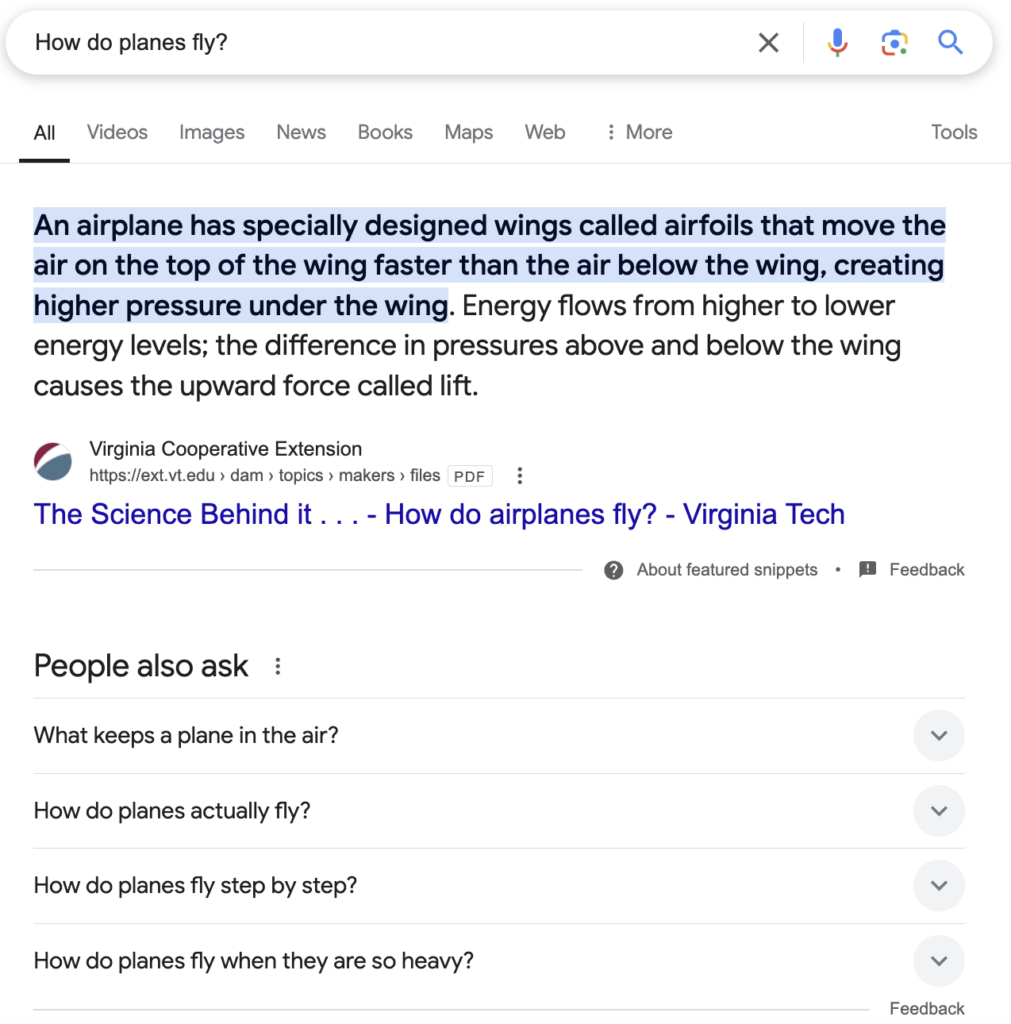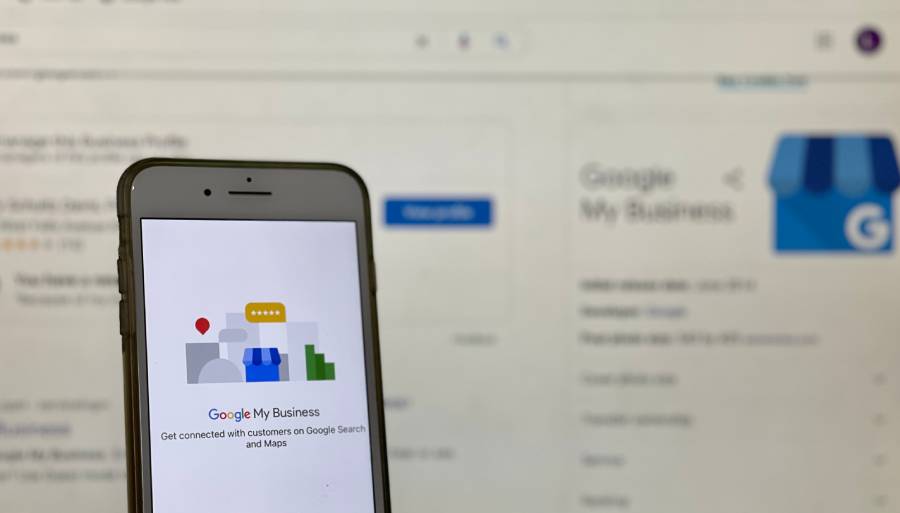In the fast-paced world of digital marketing, understanding your audience is key to success. One crucial aspect of this understanding lies in deciphering the motivations behind online searches. In a saturated online market, understanding what is search intent allows you to optimize content to meet users’ needs.
This powerful concept goes beyond mere keywords, delving into the underlying reasons why people turn to search engines in the first place. By unraveling the mystery of search intent, marketers and content creators can unlock new strategies to connect with their target audience.
This understanding helps improve their content’s relevance and ultimately drives better results. In this article, we’ll explore the intricacies of search intent and how it can revolutionize your approach to digital marketing and SEO.
What is Search Intent?
Search intent is the reason behind someone’s query in a search engine, reflecting what they aim to find or do. A search intent represents what the user is trying to achieve with their search. Based on what the user tries to find, various types of search intents have come to the surface.
Let’s say you are looking for the best coffee maker. You are yet not determined to make a purchase for a specific coffee maker but rather want to explore the best options out there. Google put a lot of effort into understanding the intent behind what the user wanted to find based on their search.
A great understanding of search intent for SEO can help you have a more effective content strategy, create relevant content, and consequently rank higher in search results.

Why Is Search Intent Important For SEO?
Search intent is crucial for SEO because it helps us understand what people are looking for when they use search engines. Knowing users’ desires allows us to improve our websites and content. It changes how we conduct keyword research, focusing on why people search and using their language to fill content gaps.
Search intent also guides content creation, helping us decide on formats and organize information to answer users’ questions directly. Aligning content with search intent leads to higher search rankings, more satisfied visitors, and better user engagement.
This makes the internet more helpful and SEO more effective. By prioritizing search intent, we ensure our content remains relevant and valuable. This approach ultimately drives sustained growth and success for our websites.
Types of Search Intent
There are four types of search intent:
- Navigational intent
- Commercial intent
- Informational intent
- Transactional intent
Navigational Intent
Navigational intent is when people use search engines to find a specific website. It’s like using a map to get to a place you already know. For example, someone might type “Facebook” into Google because they want to go to Facebook’s website.
They’re not looking for information about Facebook, they just want to get there quickly. These searches often include company names or website addresses. People might add words like “login” or “official” to their search. This helps them find exactly what they’re looking for.
Some common examples are “YouTube homepage” or “Amazon customer service“. In these cases, the person knows where they want to go online and is using search to get there faster.

Commercial Intent
Commercial intent is about researching before buying something. It’s like window shopping online. People do these searches when they’re thinking about making a purchase but aren’t quite ready yet. They want to learn more about products or compare different options.
These searches often use words like “best,” “top,” or “review.” For instance, someone might search for “best laptops for students” or “iPhone vs Samsung comparison.” They’re trying to make a smart choice before spending their money. Price comparisons and feature lists are also common in these searches.
The goal is to gather information to help make a good buying decision. Consumers often look for user reviews and expert opinions. They may also seek out videos or articles that provide in-depth analysis. This thorough research helps ensure they get the best value for their money.

Informational Intent
Informational searches are all about learning. People use these when they want to understand something better. It could be about any topic, from history to science to current events. These searches are driven by curiosity or a need for facts. Often, these searches start with question words like “how,” “what,” or “why.“
For example, someone might ask, “How do planes fly?” or “What is climate change?” They’re looking for clear, accurate information. Detailed explanations or step-by-step guides are very helpful for these kinds of searches. The main goal is to increase knowledge, not to buy something or find a specific website.
Infographics, videos, and comprehensive articles often fulfill these queries. People might also look for tutorials or educational resources. These searches help users satisfy their curiosity and gain a deeper understanding of various subjects.

Transactional Intent
Transactional intent means the person is ready to take action, usually to buy something. It’s like walking into a store with your wallet out. These searches show that someone knows what they want and is prepared to get it. They’re often the last step before making a purchase.
These searches might include words like “buy,” “order,” or “purchase.” For example, “buy red Nike sneakers size 10” or “order pizza delivery.” People might also look for coupons or deals at this stage. They’re not just gathering information anymore – they’re ready to act.
These searches often lead directly to sales or other actions like signing up for a service. Users may also search for specific store names or product availability. Reviews and ratings become crucial in these searches. Fast, easy-to-navigate purchase options help seal the deal.

How to Determine Search Intent
Analyzing Queries and Search Results
Understanding search intent starts with examining the words people use in their searches. Short queries often indicate navigational intent, while longer phrases with words like “how to” or “best” suggest informational or commercial intent. Questions typically signal a desire for knowledge.
Studying search results pages provides valuable insights. The types of results displayed, such as product listings or informational articles, reflect how search engines interpret user intent. Examining top-ranking pages can reveal what content format and structure best meet user expectations.
Utilizing Tools and User Feedback
Various tools can help uncover search intent. Keyword research tools offer data on related searches and intent categories. Google Search Console provides real data on queries bringing users to your site. These tools offer quantitative insights into search patterns. Complementing this data with qualitative feedback is crucial.
Conducting user surveys and analyzing customer inquiries can reveal deeper motivations behind searches. The combination of tool-based analysis and direct user input helps create a comprehensive understanding of search intent. With this understanding, it becomes possible to generate more relevant and effective content.
Reviewing social media interactions can provide further context. Monitoring online forums and discussion boards can highlight common questions and concerns. Together, these methods ensure a well-rounded approach to understanding and utilizing search intent.
Optimizing Content for Search Intent
When creating content, start with keyword research. Identify clear intent with keyword research. Tailor your content accordingly based on the intent. For informational searches, create how-to guides. For commercial investigation, create comparison charts. Ensure your content is easy to use with fast-loading pages, short paragraphs, and clear headings.
Engage users with interactive elements like quizzes and comment sections. Finally, use clear call-to-actions to guide users to the next step, such as signing up for a newsletter or making a purchase. By focusing on user needs and optimizing usability, your content will be more enjoyable and rank higher in search results.
Conclusion
Understanding search intent is important in today’s digital landscape. It goes beyond keywords, focusing on the reasons behind users’ searches. The four main types – informational, navigational, transactional, and commercial investigation – each requires different content strategies.
By analyzing queries, using tools, and gathering user feedback, businesses can better align their content with user needs. Now that you know what is search intent, businesses can create content that truly resonates with their audience. Optimizing for search intent involves tailoring content format, structure, and call-to-actions to match user expectations. Prioritizing search intent can enhance content, boost online presence, and yield better results in digital competition.





